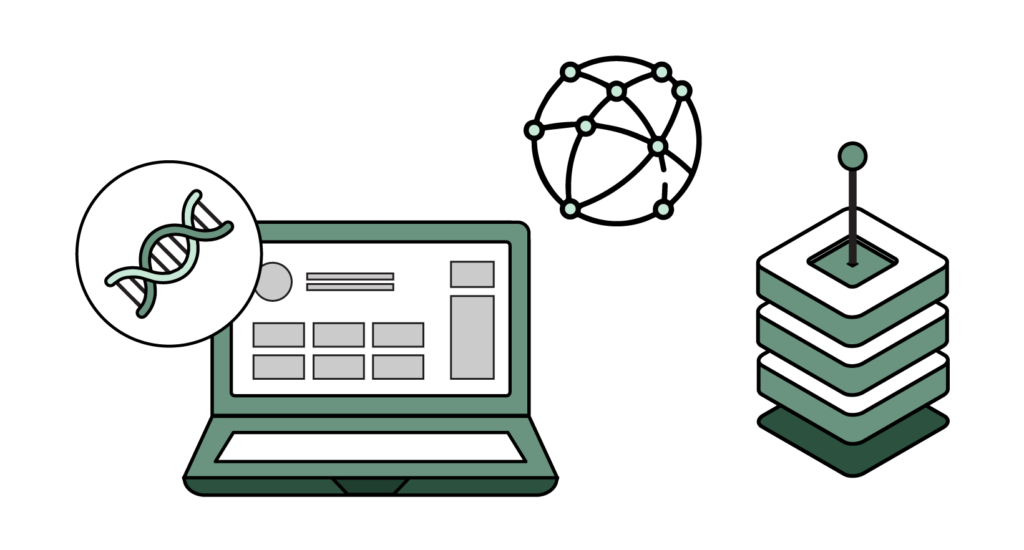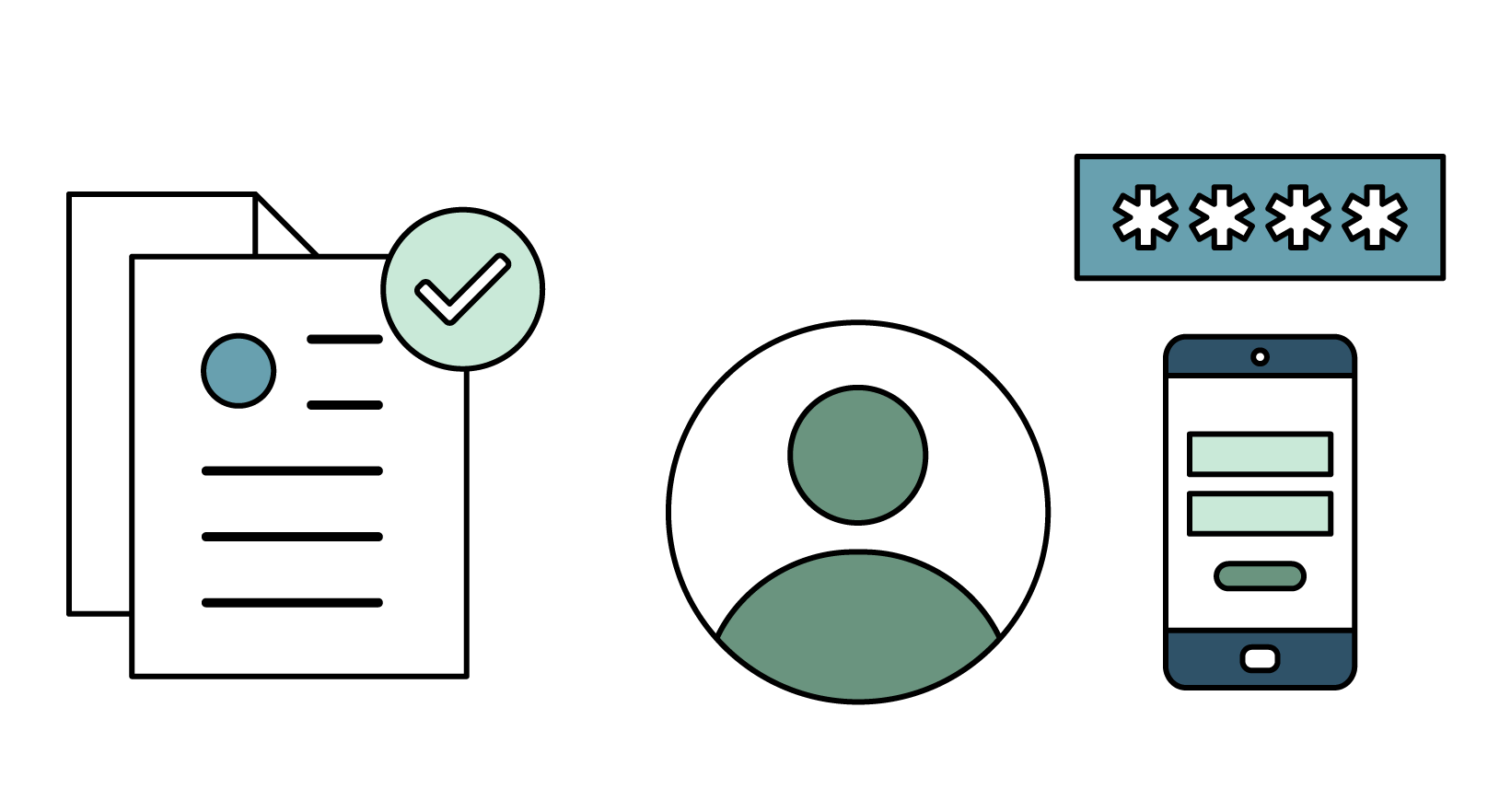Merged Network Operations
The incentive to share data and network resources between independent networks and organizations has never been higher. No matter the industry – commercial business, federal government, military operations – two trends have really started to emerge as significant strategic priorities: data-centric operations and partner ecosystems.
These two trends are not new and have spent a considerable amount of time being incubated. The main question at hand being: How can my organization share what it needs to without exposing my network to unnecessary risk?
We know all too well the downfalls of not striking the right balance of accessibility to our networks and their resources: too restrictive, and our partners can’t access what they need, hindering our ability to operate (e.g., the 9/11 terrorist attacks); too open, and our partners become vulnerabilities that can harm our own networks (e.g., Target hack circa 2014). Being able to strike and maintain this balance of security and accessibility is a problem as old as security itself, but it has never been more imperative to our network operations.
Helix: the cornerstone for a partner-focused environment
With ZKX Helix, standing up your data-centered, partner-focused environment has never been safer, easier, and more impactful to the mission at hand. When partners merge their networks (or elements of their networks), it is critical that each partner only has access to what they need in order to accomplish the mission at hand and nothing more.
Determining the appropriate level of shared access (what resources to share, how long resources are shared, the sensitivity of the resources being shared, etc.) can only be determined by your organization and its seasoned experts. Helix does not commandeer this process – it only provides the tools to see that your process is executed to your exact standards.
Helix enables you to control exactly what resources your merged partners can access. Furthermore, Helix allows you to define what specific access policies your partners must satisfy before access to any privileged resource is granted. Helix enforces these protections in real-time to your exact specifications, so if the profile of shared resources changes (as it often does), Helix instantaneously ensures your demands are enforced.


Merging networks the easy way
Beyond simple access control – Helix offers a sleek, optimized way for partners to be merged and unmerged from your shared network environment. Because the data that drive user and device identity is public in the Helix system, all you need is a readable copy of your partner’s Helix data to get them merged and operating in your network.
Partners that use Helix don’t need to be provisioned with new devices, special cryptography, or enrolled in any part of your identity management system. As long as you both use Helix, your access policies can be enforced for your resources, even if the users and devices requesting them aren’t natively yours. This out-of-the-box, next-generation cross-collaboration utility is truly unique and is a key driver of how collaborative efforts in merged networks will occur in the future.
The Helix advantage in a merged network environment
- No authenticating data is ever stored or transmitted, on devices nor on the network. Authentication data and credentials remain perfectly private – even if the verifying server is malicious.
- Support for a wide variety of authentication credentials. Whether your merged network needs passwords and PIV cards, or barcodes and biometrics – Helix can support your operations
- Helix sustains operations even in disconnected, contested, and otherwise austere conditions. Helix’s on-prem deployment format ensures access to your resources is still protected, even when connections to larger network structures are offline
- Zero-Trust protection is a given with Helix’s microperimeter-based policy enforcement model. Bring zero-trust security not just to your network, but to the networks of your merged, federated partners. Enforce need-to-know access on resources of varying degrees of sensitivity

